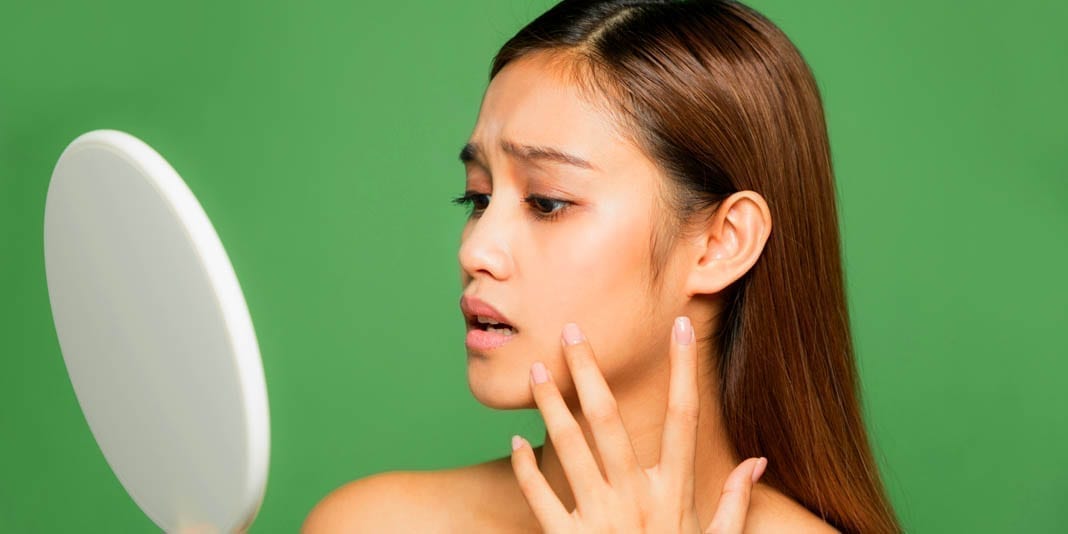When you think of covering up a pimple, the first thing you think of is concealer. Sure, using a concealer is a perfect place to start, but it might not get the job entirely done. Covering up breakouts is tricky. And whenever we watch someone do it on YouTube, we’re truly amazed at how they make pimples vanish off their face. There are different types of pimples, and each pimple needs something different to be covered up. So before you reach for your thickest concealer the next time you wake up to a zit, make sure you’re covering it the right way:
Whiteheads
First and foremost: DON’T POP IT! The hardest part is stopping yourself from actually squeezing the pimple. All you need is an excellent precision concealer brush so you can precisely target the pimple. Apply concealer to the pimple, blend it out seamlessly with the brush, and voila, no more visible pimple!
Cystic acne
Cystic acne is probably the most painful and daunting to cover. To initially calm the pimple, you can start with a warm or cold compress to reduce swelling and redness. When it comes to the actual concealer part, don’t specifically target the pimple instead of focusing on the whole area. If you put concealer on just the pimple, it’s going to draw more attention to it. Try using a tinted moisturizer on your entire face, concealing with a lightweight concealer, and then finishing off with loose powder to hold the makeup in place.
Blackheads
Since blackheads usually come in a cluster, you’ll want to take an all-over approach to cover them. But first, prime your skin! A good primer will help blur the appearance of blackheads and pores before putting on any makeup. Then, follow with a good liquid foundation and blend it in with a makeup brush or sponge. You want to make sure the application is light and even, so your skin doesn’t look cakey.
Pigmentation
What might be more annoying than an actual pimple is a pigmentation that’s left over. While acne scars and pigmentation might be less noticeable, they’re still not super easy to cover up. To start, use a color correcting primer to reduce redness on the skin. Darker skin tones need a more orange/red primer while lighter skin needs green. Then, follow with a good full-coverage foundation.
A pimple you just picked
Even though you knew you should’ve have done it, you picked it. Don’t worry, we’ve all been there. Unfortunately, covering up a freshly picked pimple isn’t easy because makeup won’t stick as easily to the skin. Use a creamy concealer to cover the spot so it will hold better. It’s also best to just use your fingers for application. But to avoid the fiasco all together, try your hardest to just not touch your face!




































